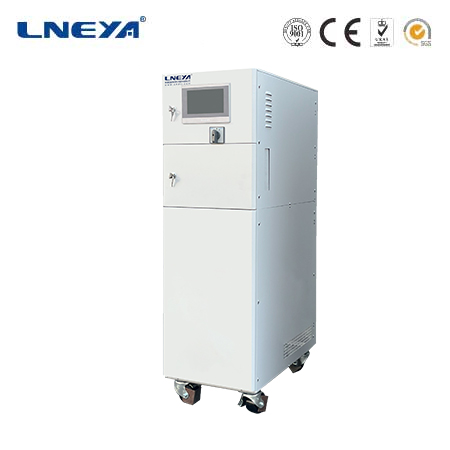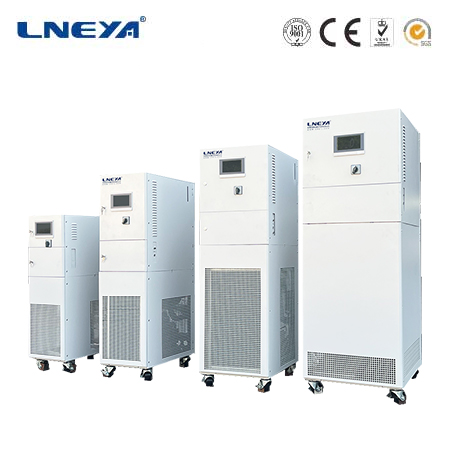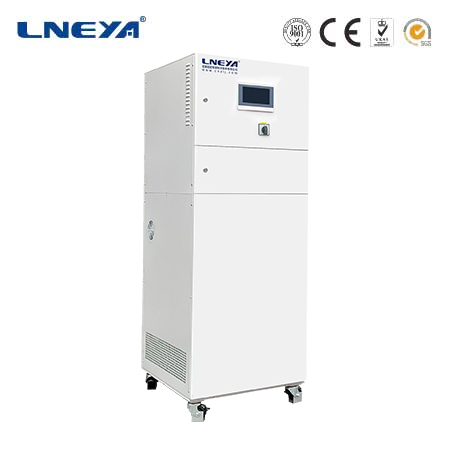split air cooled chiller
Split Air-Cooled Chillers: Efficient and Flexible Cooling Solutions
Split air-cooled chillers are a type of HVAC system that offers a versatile and efficient cooling solution for various applications. These chillers feature a split design, where the condenser and compressor are housed in an outdoor unit, while the evaporator and expansion valve are located indoors. This design allows for quieter operation and easier installation compared to traditional water-cooled chillers.

Key Features of Split Air-Cooled Chillers
Split Design: The separation of the indoor and outdoor units allows for more flexibility in installation, as the noise from the compressor and condenser is kept outside the cooled space.
Efficiency: Split air-cooled chillers are designed to operate efficiently, with variable speed compressors and advanced controls that optimize energy consumption based on the cooling demand.
Ease of Installation: The split design also simplifies the installation process, as the indoor and outdoor units can be installed at a distance from each other, reducing the need for extensive ductwork.
Quiet Operation: The indoor unit of a split air-cooled chiller operates with minimal noise, making it suitable for applications where quiet operation is important.

Cost Factors of Split Air-Cooled Chillers
Cooling Capacity: The cooling capacity required for the application is a primary factor affecting the cost of the chiller. Larger capacities typically result in higher prices.
Energy Efficiency: Chillers with higher energy efficiency ratings, indicated by a higher Seasonal Energy Efficiency Ratio (SEER), may have a higher initial cost but can lead to significant energy savings over time.
System Features: Additional features such as variable speed drives, smart controls, and advanced filtration systems can increase the cost but also improve the performance and convenience of the chiller.
Maintenance and Operational Efficiency
Proper maintenance is crucial for the optimal performance and longevity of split air-cooled chillers. Key maintenance tasks include:
Regular Inspections: Routine inspections help identify potential issues before they become major problems, such as checking for refrigerant leaks or wear on components.
Cleaning: Keeping the condenser coils clean ensures efficient heat transfer and prevents a decrease in performance.
Refrigerant Management: Monitoring and managing refrigerant levels are crucial for maintaining system efficiency and ensuring compliance with environmental regulations.

System Monitoring: Continuous monitoring of the chiller’s performance can help identify issues before they lead to downtime, allowing for proactive maintenance and repairs.
Market Trends and Innovations
The market for split air-cooled chillers is driven by the demand for efficient and sustainable cooling solutions. Innovations in technology are continually being developed to improve the performance and efficiency of these chillers, such as:
Advanced Compressor Technologies: The development of more efficient compressors allows for precise control of cooling output, reducing energy consumption.
Smart Controls: IoT-enabled smart controls enable remote monitoring and optimization of chiller performance, leading to further energy savings and improved reliability.
Eco-Friendly Refrigerants: The industry is moving towards the use of more environmentally friendly refrigerants to reduce the environmental impact of chiller systems.
Conclusion
Split air-cooled chillers offer a flexible and efficient cooling solution for a variety of applications. The selection and operation of these chillers should consider factors like cooling capacity, energy efficiency, and the specific requirements of the application. Regular maintenance is crucial for ensuring the chillers’ reliability and longevity, while ongoing technological advancements promise even greater efficiency and sustainability in the future. As the market continues to prioritize energy efficiency and environmental responsibility, the development of innovative technologies will further enhance the performance and reliability of split air-cooled chillers.
Related recommendations
air cooled water chiller manufacturers
336In industrial settings, maintaining precise temperatures is crucial for process efficiency and product quality. Air cooled water chillers are vital in achieving this temperature control. These chi...
View details3 ton glycol chiller
3163 Ton Glycol Chiller: Precision Cooling for Industrial Applications Introduction A 3-ton glycol chiller is a crucial component in industrial processes where precise temperature control is re...
View detailsdifference between chiller and cooler
61Definition and Core PurposeChiller: A chiller is a complex refrigeration system designed to generate chilled water or another coolant, which is then circulated to absorb heat from large spaces, i...
View detailschiller cycling
234Introduction Chiller cycling is an important aspect of the operation of chiller systems. It involves the repeated starting and stopping of the chiller unit in response to various factors withi...
View details
 LNEYA Thermal Test Chillers
LNEYA Thermal Test Chillers







HelloPlease log in